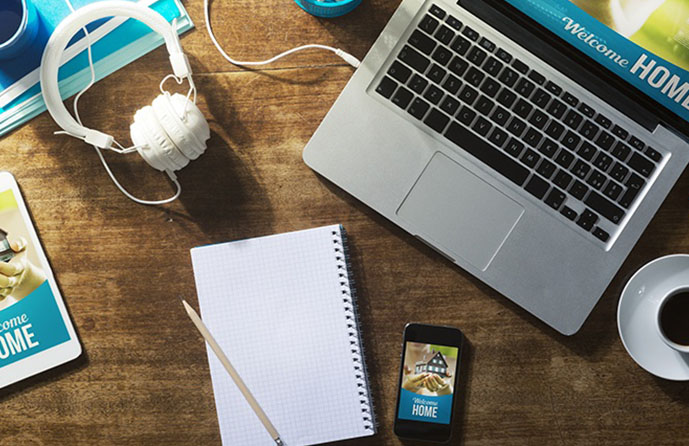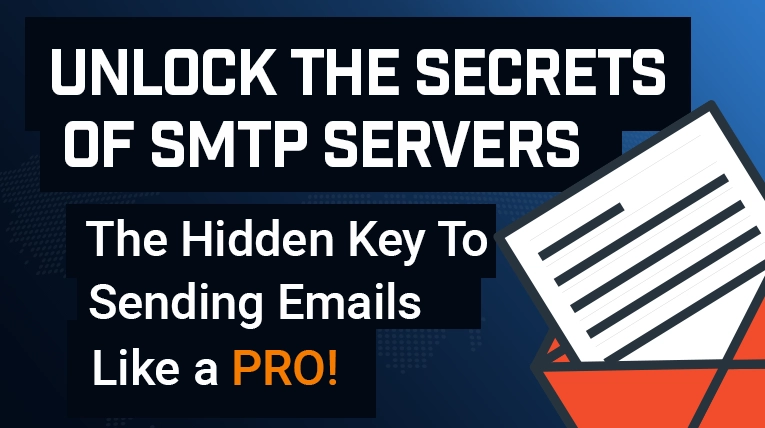Beginner’s guide to building a website
Last Updated: February 9th, 2023 3 min read Servers Australia

Building a new website from scratch can sound like an intimidating task. Even a basic website—like a blog for your mom’s favourite recipes—can end up feeling like a huge project. Sometimes it’s hard enough deciding what your first step should be. Well, worry not! As long as you choose the right tools and service providers, building a website is a very manageable process. To help set you on the right track, we’ve listed a few basic steps that should guide you in taking your website from a concept to a finished product.
1. Choose a domain name
We’re going to assume you know what your website’s all about. Great. Now all you need is a relevant domain name. Make sure you spend ample time on this; choosing the right domain name can make or break your website’s brand image, as the domain name is in essence your website’s “name”. To choose a domain name, you need to first visit a domain name provider and check if your preferred domain name is available. Let’s say madebymom.com is available. Now all you need to do is pay a one-time registration fee, and pay the monthly/yearly renewal fees as required.
2.Get a rough idea of size/volume of pages
So you’ve settled on a website name. The next step is to get a fair assessment of the size of your website, particularly in terms of the number of web pages required. Also, check how much rich media you’ll be uploading (i.e., images, gifs, videos), as these will require considerable server space (see step 4). Depending on the type of service you provide, you might need to create unique pages. For example, a shopping website will require a checkout page and integration with a payment gateway. Similarly, a blogging site should ideally have an archive page so visitors can find articles quicker.
3. Choose a website builder
Here’s where it gets a bit tricky. Now if your website starts creeping into the medium-to-large size category, definitely consider outsourcing the work to a website building professional (assuming you have the budget for it). This will go a long way in saving you time and effort. However, if you want to try your own hand at website building, there are a lot of great services that you can choose from. Sites like WordPress provide excellent templates that make website building for beginners easy.
4. Pick a hosting/server provider
There’s no point in building a website if it’s never going to go online. To make sure people can access your website, you’ll need to host it on a system with 24×7 access to the internet. While it is possible to do this on your personal computer, technical issues like network and power outages can result in unwanted site downtime. The smart thing to do to avoid this is to host your website on a server using a hosting provider. Most website building services include hosting packages, so you can worry about one step less. However, if you’ve built the website yourself, choosing the right hosting provider is crucial. Depending on the type of traffic you expect and the kind of content you’ll be hosting, you can choose a hosting package that fits your budget and provides you with the right amount of server space and computing resources.



